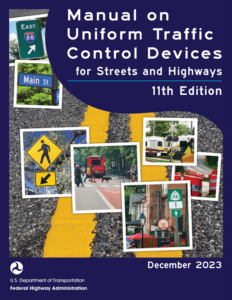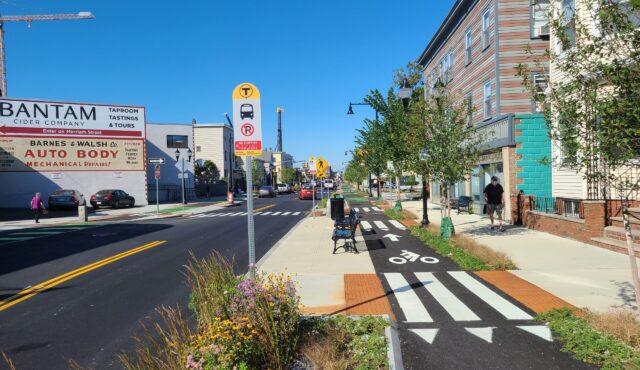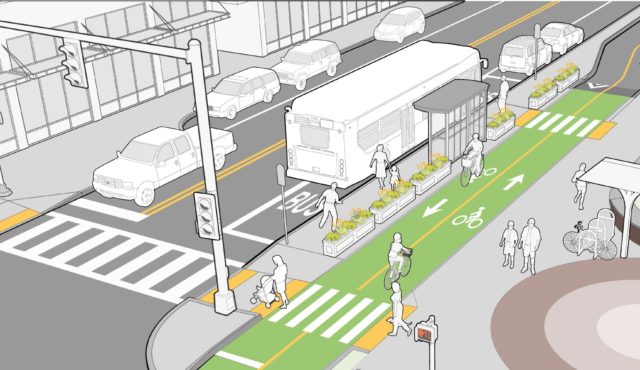This week the Federal Highway Administration (FHWA) released the 11th Edition of the Manual on Uniform Traffic Control Devices (MUTCD), replacing the previous and outdated 2009 edition. The MUTCD is the national standard for all traffic control devices installed on any street, road, highway, or bikeway open to public travel. As such, it affects much of the work that we do at Toole Design and all the communities we serve in the United States. So let’s take a look inside the new MUTCD.
a look back at the process
The stated purpose of this update and subsequent editions is to promote the safety, inclusion, and mobility of all road users. For the first time in the 88-year history of the MUTCD, the general public had the opportunity to review and comment on the draft edition, which was released in 2021. We have long been proud of the leadership role that Toole Design plays in our industry, and we were happy to dedicate a substantial amount of staff time to support this review and to assist our partner organizations (NACTO, APBP, ITE, America Walks, and the LAB) with the public comment process. Through the public comment process, FHWA received over 100,000 comments, with Toole Design submitting 133 official comments.
Our staff have a wealth of experience navigating the MUTCD while designing streets that are walkable, bikeable, accessible, and transit-oriented. We used that collective experience to direct comments on guidance that we knew would not promote the safety, inclusion, and mobility of all road users; would likely be taken out of context; or would otherwise allow designers to shirk their ethical responsibility to protect the health, safety, and welfare of the public.
We are excited that the bipartisan Infrastructure Investment and Jobs Act directed the USDOT to update the MUTCD every four years moving forward. While the MUTCD remains largely a consensus-based book of best practices formed by industry opinion and habit, we are hopeful that this update is the start of this document shifting into a research-based, Safe Systems framework.
Why this mutcd update matters
The 11th Edition of the MUTCD makes great strides to include new traffic control devices and design options that were missing from the 2009 edition or emerged as effective treatments in the subsequent years. Upon initial review, it appears that FHWA strived to incorporate feedback from the thousands of comments, but felt too constrained by the rulemaking process to make large changes in response to those comments. We are pleased that design options like separated bike lanes are now addressed in the manual. Similarly, treatments that previously had Interim Approval from FHWA are now officially included, alleviating the concerns of agencies that were hesitant to implement at scale because of the interim status.
We are most excited that the approach to setting speed limits has been significantly changed to eliminate the 85th percentile as a primary factor, and that other contextual factors such as land use, pedestrian activity, crashes, etc., now carry significant importance. The updated MUTCD specifically states, “On urban and suburban arterials, and on rural arterials that serve as main streets through developed areas of communities, the 85th-percentile speed should not be used to set speed limits” without considering those other factors.
States that have their own MUTCDs, or supplements to the MUTCD, are now required to bring their guidance in substantial conformance with this new edition within the next two years.
We are excited to put this new MUTCD into practice, and we look forward to working with FHWA and the NCUTCD in future revisions to advance the Safe System approach and promote safety, inclusion, and mobility for all road users.
What the new mutcd includes
The following treatments are included in the new edition:
- Contextual guidance on speed limit setting with a de-emphasis of the 85th percentile in non-freeway or rural highway settings
- Separated bike lanes and protected intersections
- Standardized signing for two-way separated bike lanes
- Green and red colored pavement markings for bikes and buses
- Rectangular rapid flashing beacons (RRFB)
- Bicycle signal faces
- Two-stage bicycle turn boxes
- Separated crossings for mode-separated shared use paths
- Contraflow bike lanes on one-way streets with parking on both sides (the draft NPA disallowed their use in these conditions)
- Changes to the experimentation process
- And much more!
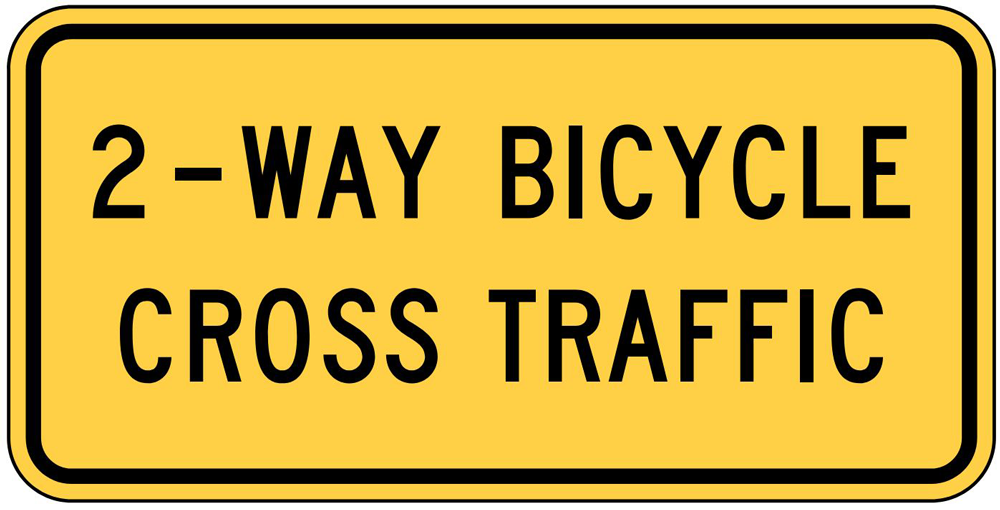
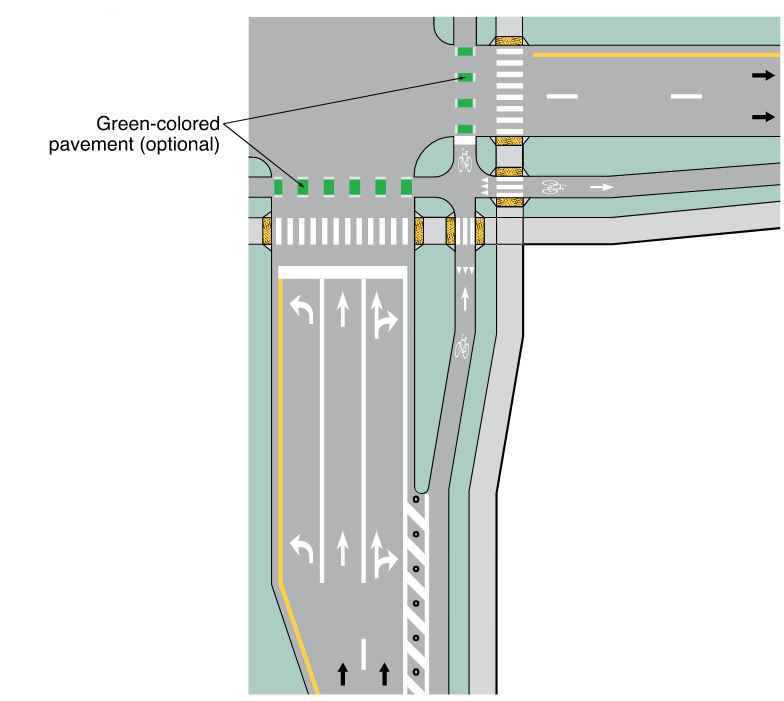
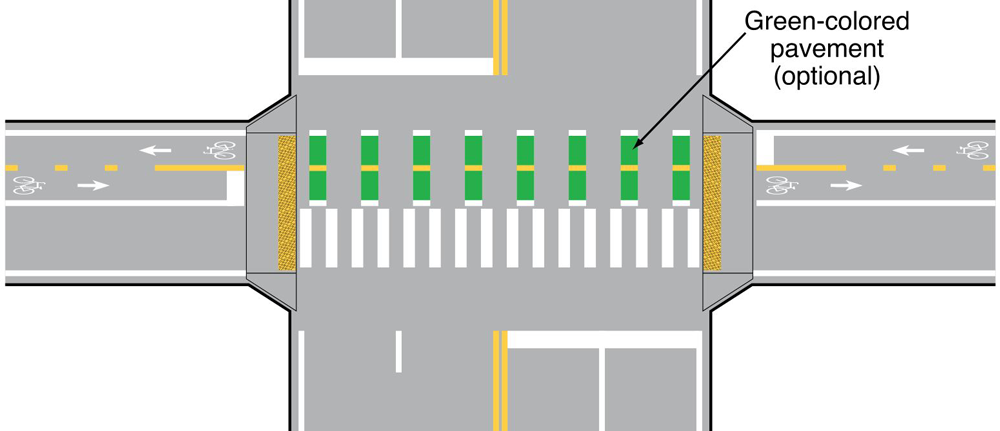
Toole Design’s Use of the new MUTCD
FHWA intends for the MUTCD to be flexible and encourages the use of engineering judgment. While the manual as written is not a Safe System-based document, it can create Safe System outcomes when properly applied. While some agency officials and design engineers may view the MUTCD through a lens of caution and potential litigation, Toole Design embraces the need for engineering judgment and design flexibility.
We endorse FHWA’s policy of designing with a Safe System Approach and bring this approach to each of our projects. Examples of how we will use this guidance include:
- We will use the guidance on speed limit setting to address the needs of vulnerable road users and ensure that the context of the environment and desired safety outcomes are considered in lieu of relying upon the 85th percentile operating speeds. We recognize that the U.S. fleet of EVs, SUVs, and trucks represent higher weight vehicles that present greater risks to other road users when crashes occur and that this important contextual factor must be considered when setting speed limits. This is especially critical in contexts when vulnerable road users are present. (The MUTCD does not explain how to consider and evaluate context.)
- We will recommend the use of high-visibility crosswalks for all marked crosswalks, in alignment with FHWA’s Crosswalk Marking Selection Guide, to help ensure crosswalks are noticed by drivers and to encourage yielding behavior. (The MUTCD continues to allow low-visibility options.)
- We will recommend that pedestrian signal heads be provided at all signalized intersections. Given that PROWAG guidance for accessible push buttons is tied to the provision of pedestrian signal heads, we will strive to make all intersections accessible and inclusive. (The MUTCD has not fully incorporated PROWAG.)
- Although bicycle signal lenses are only permitted at locations without conflicting motor vehicle movements, Toole Design has a long history of obtaining approved requests to experiment for other uses. We will strive to provide consistency for bicyclists from one intersection to the next to help make our streets more legible and navigable. (The MUTCD continues to support experimentation, and the new bicycle signal guidance remains overly restrictive compared to how these devices have been deployed over the last 15 years.)
We will provide additional updates and insights as we continue to review this new MUTCD.
How Toole Design can help you
Toole Design is a mission-based consulting firm working under the premise that every person has a right to use streets to walk, roll, drive, and take transit — and arrive home safely. We are well-versed in the nuances of design guidance, including the MUTCD, and can assist agencies and design professionals in navigating the planning and design process under this new guidance. As we demonstrated in the FHWA Achieving Multimodal Networks, designers have significant flexibility to apply engineering judgment and provide solutions that do align with the Safe System Approach… and this flexibility remains in the new MUTCD.
We are here to help you understand and apply this guide to ensure that your projects and streets are safe, comfortable, consistent, and intuitive for all street users.
We offer half-day, full-day, and multi-day trainings on complete street design with a direct application of the new MUTCD. We can articulate what changes occurred, where design flexibility exists, what these MUTCD changes mean for practitioners, and exactly how this guidance still aligns with Complete Streets principles. Our trainings can be tailored to your community’s needs or to include additional topics such as pedestrian accessibility, bikeways design, and other challenging topics that practitioners frequently encounter.
Interested in learning more about our courses on the MUTCD and complete street design? Contact Jeremy Chrzan, PE, PTOE, LEED AP, Toole Design’s Multimodal Design Practice Lead, to discuss your community’s needs.
